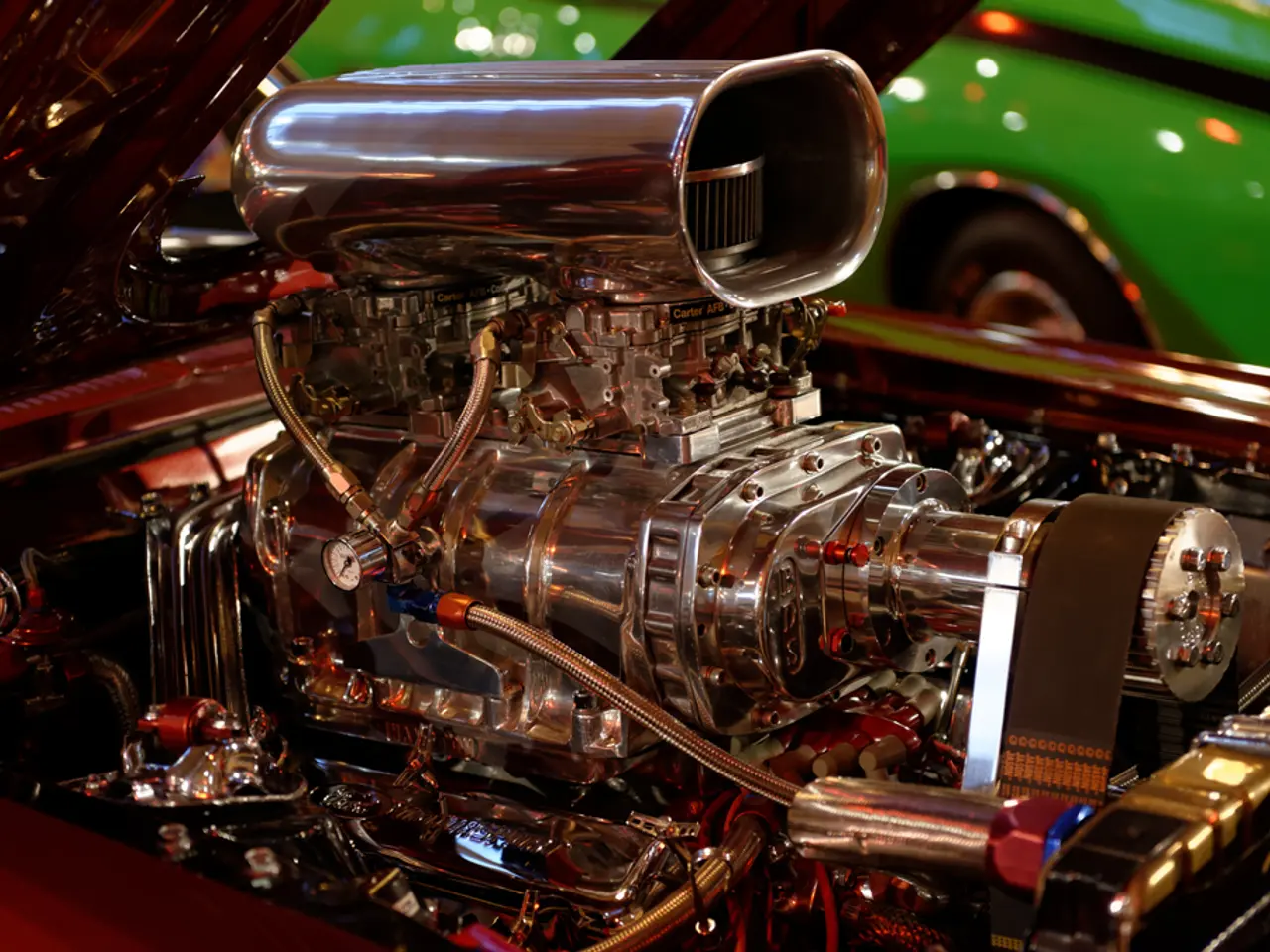Reviving Vehicular Majesty: Techniques for Resurrecting Damaged Car Bodies (#6)
Cost-Effective and Flexible Restoration of Toyota Body Panels with Incremental Forming
In a groundbreaking development for the automotive restoration industry, Toyota Industries has successfully employed a technique called incremental forming to reproduce corroded or damaged body panels for vintage Toyota vehicles. This innovative method, which has been gaining attention in the auto industry and beyond, offers a cost-effective and flexible solution for restoring rare and vintage Toyota vehicles with corroded body parts.
Incremental forming is a technique for shaping thin metal sheets by pushing a tipped tool across surface sections, without removing material but by applying force to gradually deform it. This method enables restoration shops to recreate complex panel geometries with high accuracy and lower tooling costs, making it ideal for repairing rare or vintage Toyota vehicles with corroded body parts.
The first-generation Crown restoration project, which began in the spring of 2022 at the Motomachi Plant, serves as a prime example of the benefits of incremental forming. The body and related parts of the first-generation Crown were in a poor state, with severe rusting, particularly on the underbody, bottom of doors, and wheelhouses. Corrosion on the floor and rocker panels was worse than expected, necessitating the removal and rebuilding of rusted sections from scratch.
In this project, a diverse group of skilled members from various Toyota plants and divisions worked together to overcome the challenges associated with rebuilding body panels from scratch. The high manufacturing costs associated with stamping them out like mass-produced vehicles were a significant obstacle. However, the team identified incremental forming as a potential solution to the cost issue.
Key benefits of incremental forming in Toyota restoration include cost reduction by eliminating expensive dedicated stamping dies, flexibility to produce complex shapes with good accuracy, suitability for small batch or one-off production common in restoration, potential for reduced lead times compared to conventional forming methods, and the ability to restore corroded body panels to original shape and fit.
Takahashi, renowned for his efficiency and minimizing rework by emphasizing advance planning, played a crucial role in the project. Sato, a twelfth-year veteran in incremental forming, specializes in stamping mold correction, precision repairs, and quality adjustments. Takayama, who works with the Mobility Tooling Division, where they first employed incremental forming in 2012 to create embossed lettering on the door of the iQ GRMN SuperCharger, also contributed to the project.
The use of incremental forming in Toyota restoration offers a practical solution to replace corroded panels without large upfront investments, preserving vehicle authenticity and aesthetics economically. This aligns with Toyota Industries’ emphasis on quality and production adaptability noted in their recent reports, suggesting continual focus on efficient and precise manufacturing methods.
For those seeking more specific details or case studies on incremental forming applied directly to Toyota restoration projects, specialized automotive restoration and sheet metal forming publications or technical papers would be the best sources to consult further.
Technology in data-and-cloud-computing has played a crucial role in managing and analyzing the intricate process of Toyota's incremental forming for automotive restoration projects. By streamlining communication between team members, data storage, and quality control, this technology has ensured consistency across restorations, while also reducing costs and lead times.
The incremental forming technique, facilitated by advanced technology in data-and-cloud-computing, represents a significant leap in cost-effective and flexible solutions for rare and vintage Toyota vehicle restorations, a testament to Toyota Industries' commitment to innovate and adapt in the automotive industry.




